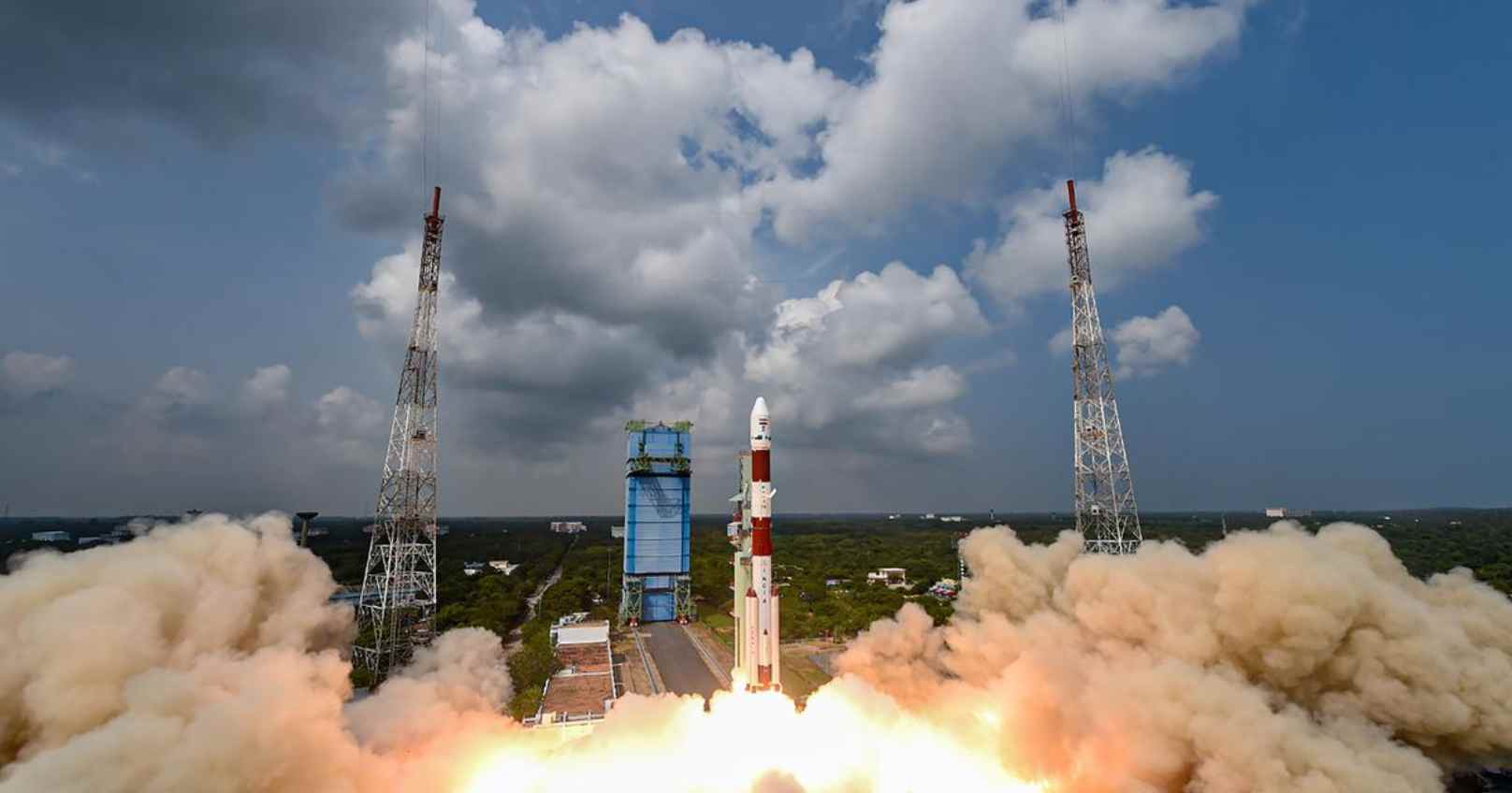ISRO has successfully launched and placed an Earth observation satellite and the SR-O DEMOSAT into their designated orbits. This milestone was achieved during the third and final developmental flight of the Small Satellite Launch Vehicle-D3 (SSLV-D3). The launch took place at the Satish Dhawan Space Centre, about 135 km east of Chennai, at 9:17 AM.
The SSLV-D3 mission's objectives included the design and development of a microsatellite and the creation of payload instruments compatible with the microsatellite bus, according to ISRO, which is headquartered in Bengaluru.
The Earth Observation Satellite EOS-08, built on the Microsat/IMS-1 bus, carries three advanced payloads: the Electro Optical Infrared Payload (EOIR), the Global Navigation Satellite System-Reflectometry payload (GNSS-R), and the SiC UV Dosimeter.
The EOIR payload is capable of capturing images in the Mid-Wave Infrared (MIR) and Long-Wave Infrared (LWIR) bands, both day and night. These images are used for satellite-based surveillance, disaster monitoring, environmental assessments, fire detection, volcanic activity observation, and industrial and power plant disaster monitoring.
The GNSS-R payload demonstrates the ability to use GNSS-R-based remote sensing for various applications, including ocean surface wind analysis, soil moisture assessment, studies of the cryosphere in the Himalayan region, flood detection, and monitoring of inland water bodies.
The SiC UV Dosimeter is designed to monitor UV irradiance in the viewport of the Crew Module during the Gaganyaan Mission and acts as a high-dose alarm sensor for gamma radiation.







